Tellington Touch (T-Touch) is a way of working with your dog or cat that engages the sensory aspect of the nervous system. It releases tension and any fear that the body may be holding onto, whether it be fear of movement, fear of pain or fear of touch.
The most important thing to remember when introducing these touches to your pet is to not force them to accept a touch. If they are fidgeting or trying to move away try another area of the body where they are more relaxed about you touching, and remember to keep your breathing regular and slow. Yawning, lip licking, and looking away are all things that signal to your dog that there is nothing to fear.
The bodywork component of T-Touch consists of circular touches, slides, and lifts performed on the skin surface with mindfulness and focused attention. T-Touch is a way of connecting with your animal at a deeper level by working with the nervous system and through the neural pathways. A pause after each touch keeps us present in the moment. Breathwork is also important when doing the touches as it is calming, and keeps you grounded and present in the moment.
T-Touch activates both hemispheres of your brain. So when doing T-Touch on your furry, feathered, or scaley friend, your left logical brain is activated through the method of the touch, the name of the touch and the numbers of the clock face, and the pressure used. The right side of your brain is activated through the imagery of the animal names for each stroke applied, through using your imagination of the clock face and the roundness of the circles, as well as the movement of your fingers. This activates sensory feedback and enhances creativity. Our full focus and intention when doing the circles is in itself a mindfulness exercise.
How to: The basic T-Touch movement is the circle and 1/4 touch, and the easiest one to start off with is the Clouded Leopard. The weight of your hand rests lightly on your dog's body with only the heel of the palm and the fingers in contact with the skin. Your fingers will be slightly curved and relaxed. Focus on the pads of your fingers making a circle and a quarter, starting from 6 o'clock moving in a clockwise direction around the clock and passing 6 o'clock and ending at 9 o'clock. At this point pause for a moment and then gently release the skin. Slide your hand over and repeat the circle on another area of your dog. These touches can be done all over the body.
Touches around the ear are calming for your dog. These circular touches can be done around the base of the ear, then gently slide your fingers from the base of the ear to the tip of the ear for a relaxing effect. This will help to calm and reduce anxiety. Think of your little finger leading and have no tension in your fingers and wrist. Your thumb also makes a connection with your dog but does not make the circle. When making the circles, move the skin rather than sliding or rubbing over the fur.
Note: Pressure of the Touches is light. On a scale of 1 - 10, you would never go higher than a 4 or 5. Be mindful of your dog's response. Be respectful of them if they move away or have had enough. Remember to breathe in and exhale slowly.
To find out more about the touches and their names and origins, visit www.ttouch.com

